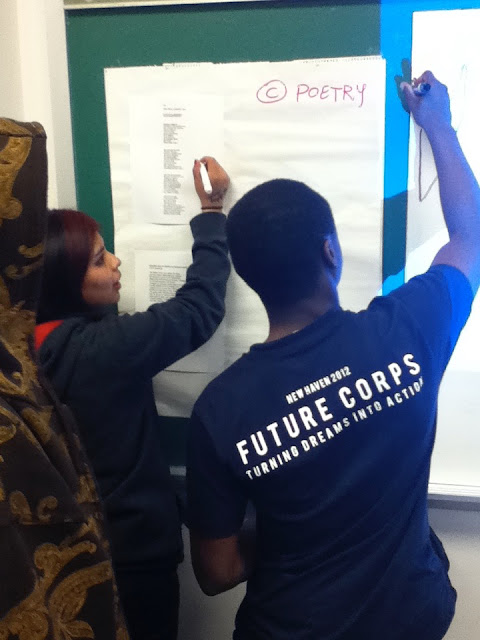 |
| My copy of the book mentioned in this entry. |
In 1995, several years before I became a teacher, I spent part of my honeymoon in County Donegal. Curious about the North, my wife and I spent our last morning in the area wandering around Derry without any guide to help us interpret what we were seeing. A picture I took that day featured a graffiti stencil of a man aiming a machine gun. Next to it, someone had written, "Give Peace a Chance." At the border of that time, a military guard station still stood, but it was unoccupied. We came and went with ease.
Everyone we met around Donegal recommended books. There was a collection of short stories by young Northern Irish writers the name of which I no longer remember; there was a Colm Toibin book of travel writing about walking along the Northern Irish border; and there was the volume simply entitled "The Troubles" by Tim Pat Coogan.
When I got back to New York, stumbling through Mercer Street Books and the Strand looking for gently used copies of those three books, I found instead the then-new May the Lord in His Mercy Be Kind to Belfast by Tony Parker. The book lets ordinary citizens of Belfast tell their own stories. It became the book by which my own study of Northern Ireland began, and it has become a great teaching tool for me ever since the teaching of this history became a part of my life. In it, people of all ages relate the facts and stories about who they are. They often reveal more about themselves and their place and time by what they don't mean to even say, or by what they leave unsaid.




